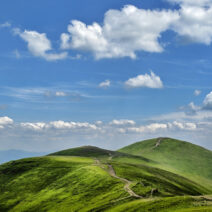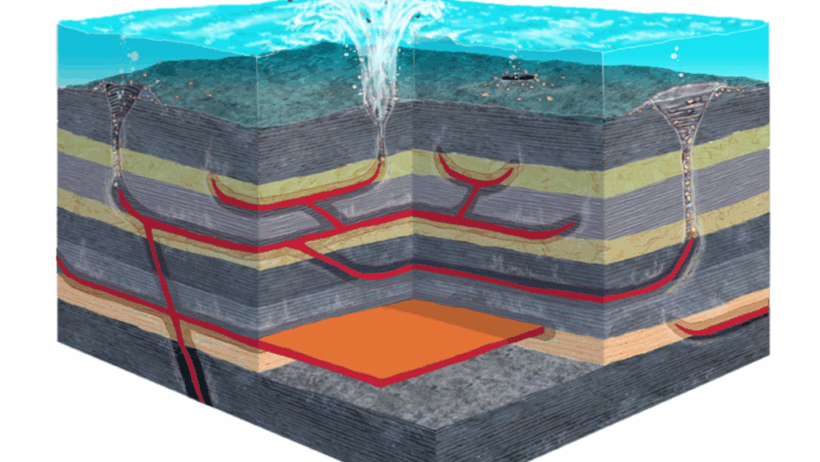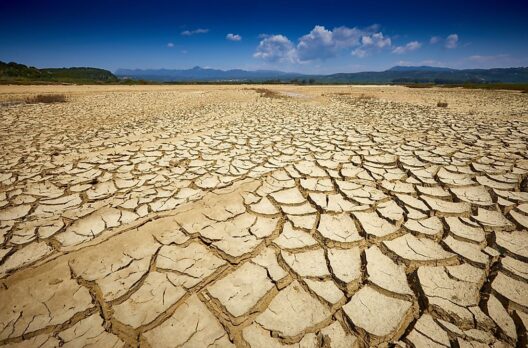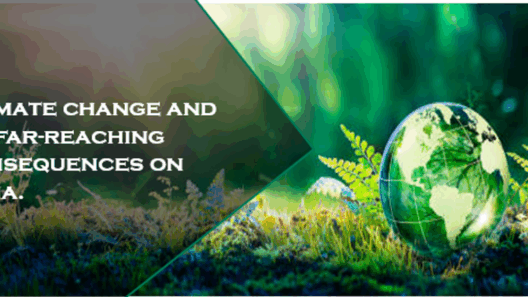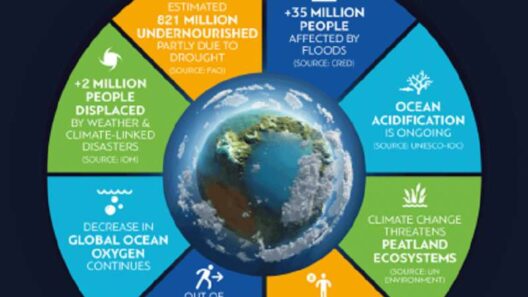Ever pondered how volcanoes might hold the keys to understanding global warming? While it may seem counterintuitive, these titans of earth can significantly influence our climate system. Before we delve into the intricate connections between volcanism and global warming, it is imperative to explore volcanic activity, the underlying principles of climate change, and how these geological phenomena have served as precursors to past warming events.
Volcanism is a natural process occurring when molten rock from the Earth’s interior erupts onto the surface, releasing gases, ash, and lava. This may occur during various volcanic events, ranging from explosive eruptions to more effusive lava flows. The gases emitted during these eruptions, particularly carbon dioxide (CO₂) and sulfur dioxide (SO₂), play a pertinent role in altering the atmospheric composition and, consequently, impacting the climate.
To comprehend how volcanism can lead to global warming, one must first examine the essence of greenhouse gases. These gases act as a thermal blanket, trapping heat within the Earth’s atmosphere and thereby maintaining a temperature conducive to life. However, an excess of these gases can lead to enhanced greenhouse effects, causing global temperatures to rise. The proverbial question is: how exactly does volcanic activity contribute to this phenomenon?
One of the primary ways volcanism contributes to global warming is through the emission of carbon dioxide. Although naturally occurring, large-scale eruptions can release significant quantities of CO₂ into the atmosphere—sometimes comparable to human-induced emissions. The role of volcanoes in the carbon cycle is a reminder of the dynamic relationship between geological processes and climate. CO₂ is a potent greenhouse gas, and while its natural cycles fluctuate, excessive concentrations can exacerbate global warming.
In stark contrast to CO₂, sulfur dioxide emitted during eruptions can lead to short-term cooling. Upon entering the stratosphere, SO₂ reacts with water vapor to form sulfate aerosols, which reflect solar radiation back into space. This phenomenon can create a temporary cooling effect, balancing, albeit briefly, the warming caused by increased CO₂ levels. However, the long-term effects of prolonged volcanic activity often trend towards warming.
Throughout history, various periods of intense volcanism coincide with significant climatic shifts. One prominent example is the end of the Permian period, approximately 250 million years ago, during which the volcanic activity in the Siberian Traps released extensive CO₂ into the atmosphere, leading to what is known as the Great Dying—an event where over 90% of marine species perished and significant terrestrial extinction occurred.
Fast forward to the present; the intersection of volcanism and climate change remains ever-relevant. Notably, scientists note that prolonged eruptions and increased activity in volcanoes can lead to heightened global temperatures on geological timescales. The ongoing studies of volcanic deposits in sediment cores and ice samples provide critical insights into past climate conditions, illustrating a profound correlation between major volcanic events and subsequent warming trends.
But what about the modern era? The challenge lies in distinguishing the impacts of human-induced climate change from natural phenomena like volcanism. Researchers continuously grapple with the complexities of quantifying these interactions. As anthropogenic CO₂ emissions have skyrocketed, determining the precise influence of volcanic eruptions has become increasingly difficult. This necessitates robust climate models that can account for both natural and human influences.
One recent challenge arose in the context of the 2021 eruption of La Soufrière on Saint Vincent and the Grenadines. The event highlighted how even localized eruptions could have global repercussions, particularly when atmospheric conditions are conducive to transporting volcanic ash and gases around the globe. While its immediate effects were localized, the interplay between regional eruptions and global climate warrants closer examination as scientists endeavor to predict future scenarios effectively.
Moreover, as climate change accelerates, understanding the potential for increased volcanic activity becomes paramount. Warmer temperatures can affect the dynamics of the Earth’s crust and mantle. Some theories suggest that climate change may even influence the frequency and intensity of volcanic eruptions. For instance, as glaciers melt and reduce pressure on tectonic plates, the likelihood of volcanic activity may increase—a scenario that could create more challenges in our fight against climate change.
The enthusiasm for addressing these issues must be coupled with vigilant monitoring and scientific inquiry. Advancements in technology allow scientists to use satellite imagery and atmospheric models to better understand the relationship between volcanic eruptions and climate dynamics. But, as scientific exploration intensifies, the importance of raising public awareness cannot be overstated. Education empowering individuals to comprehend the connections between natural processes and human-induced climate change is vital for fostering a collaborative approach to environmental stewardship.
In conclusion, the relationship between volcanism and global warming is a multifaceted interplay that continues to unfold. As we acknowledge the immense power of volcanoes and their capacity to alter Earth’s climate, we are reminded of the delicate balance within our planet’s systems. The exploration of these geological phenomena offers valuable insights, elucidating the complexities of our changing climate and underscoring the importance of proactive environmental engagement. After all, the question remains: As we evolve in our understanding of these ancient forces, are we prepared for the challenges they may present in an era dominated by anthropogenic impacts? Only time will tell.


